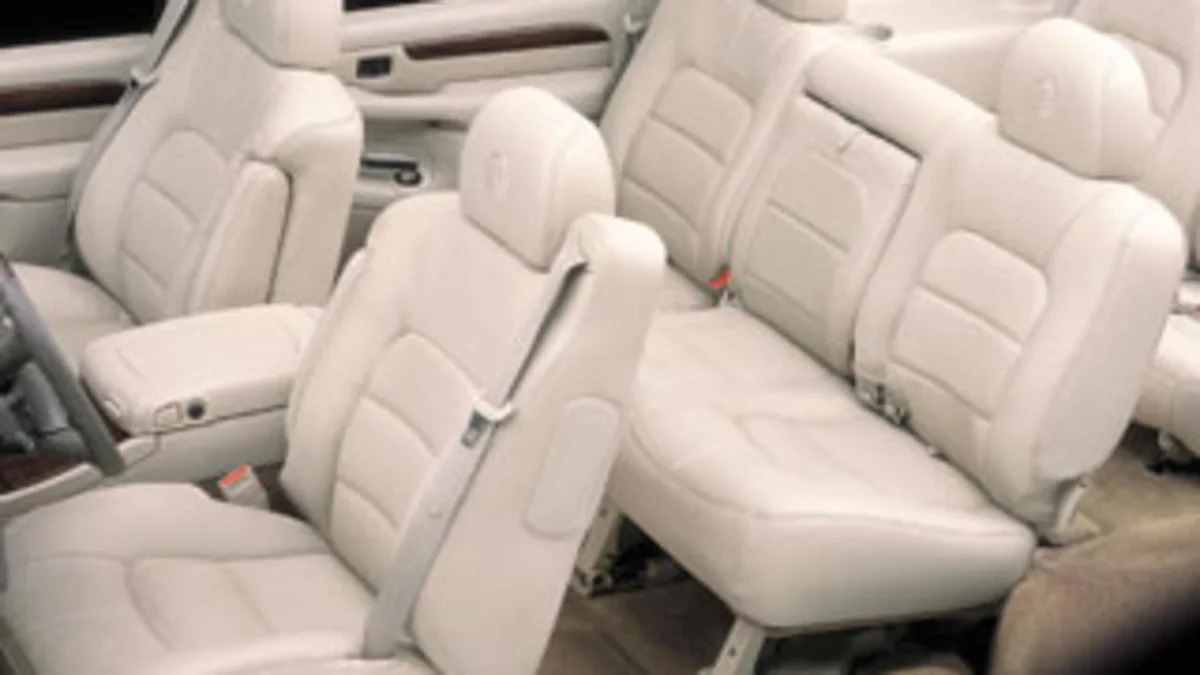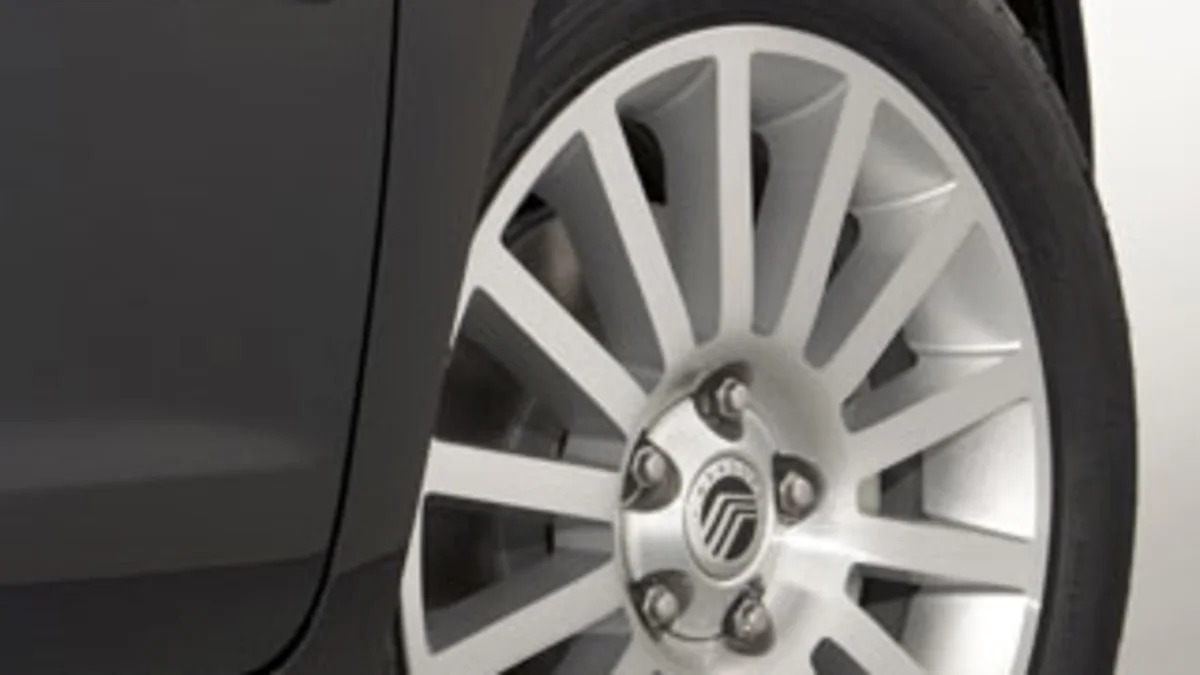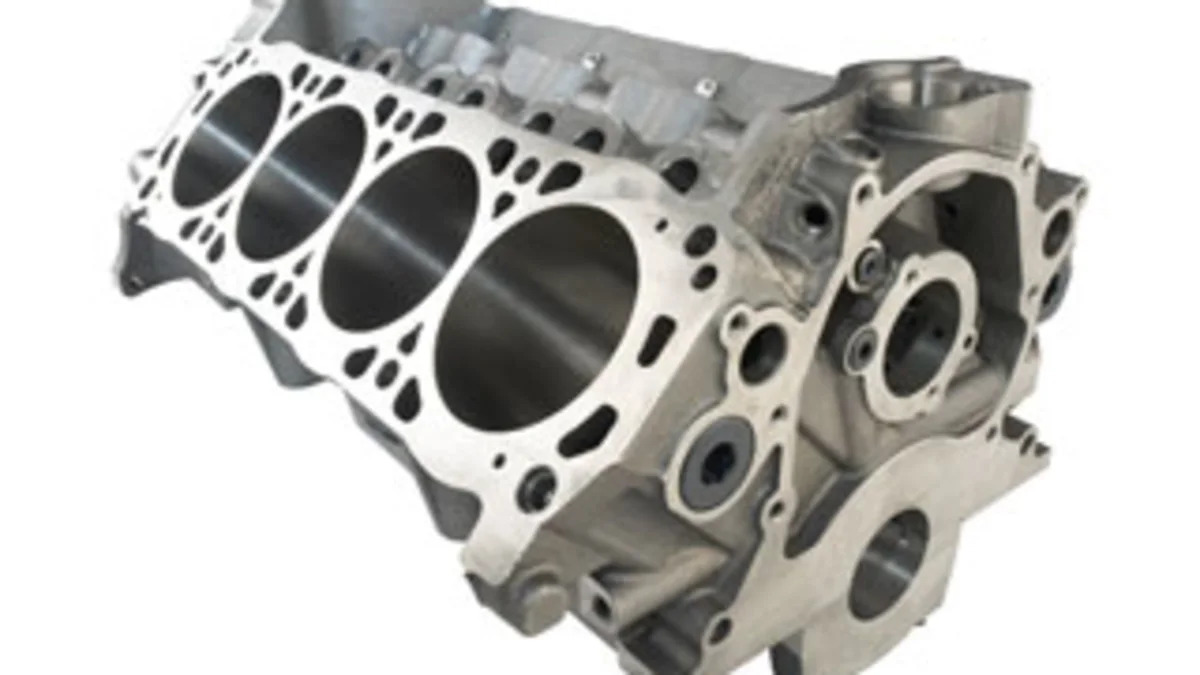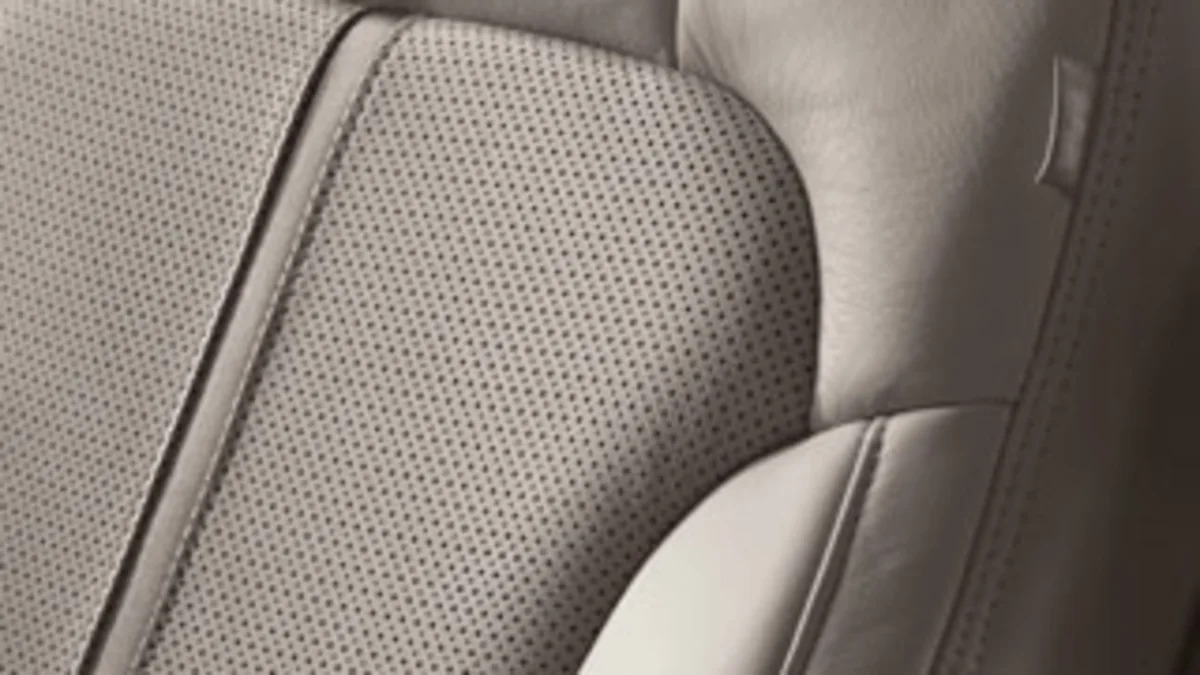Never Green: How Your Car Breaks Down
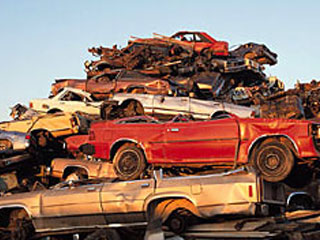
-

- Image Credit: Getty Images
Never Green: Introduction
A few things will be obvious to the archaeologist who chances upon your car in their excavations of some long-forgotten junkyard centuries from now: Plastics are eternal and metals return to dust. On an historical time scale, the very soul of your car -- its engines, chassis and sheet metal -- are gone before you know it. -
- Image Credit: Gary Hoffman
1 to 3 Years: Steel Head Gasket
A head gasket is roughly a millimeter thick and consists of a narrow, almost flimsy web-like framework, making it a superb candidate for oxidation. So expect it to corrode in short order. Conditions are apt to be worse if it is buried -- thanks to high moisture content, acidity and dissolved salts in the soil. -
- Image Credit: Gary Hoffman
40 to 50 years: Seat leather
Automotive leather is an organic material that decomposes naturally for the most part, although it goes through a chromium tanning process to extend its life. Without tanning, leather would disappear in about 250 days if it were buried in the earth. Leather shoes, by the way, have been found in landfill decades after they were thrown away, although you might find the rubber soles nearly intact a couple decades later. -
- Image Credit: Gary Hoffman
50 to 80 Years: Tires
Tires are made from rubber that is vulcanized, or cured with high heat. The material decomposes naturally; like leather, it is one of the few car components that microbes attack. And once the rubber is gone, oxidation makes short work of the steel belts. On rare occasions, when immense numbers of tires are collected in landfills, vulcanized rubber has the disconcerting capacity to spontaneously burn. -
- Image Credit: Gary Hoffman
60 to 80 Years: Sheet Metal
Once the paint is gone, corrosion will go to work on the exposed steel, roughly 1 mm thick. Iron rust is porous, exposing the metal below to still more corrosion. And the steel is gone. If you were to drive around the country looking at junked cars, it's not hard to find mostly intact sheet metal on cars from the '60s and '70s, especially in desert conditions. But little will be left of the car bodies from vehicles 50 to 80 years old. -
- Image Credit: Gary Hoffman
500 to 1,000 Years: AluminumEngine Blocks
Aluminum has become the metal of choice for engine blocks due to its lightweight and its durability. An oxide forms a barrier around the aluminum, protecting it during its normal lifetime. But it can become pitted from salt air or other exposures and it breaks down quickly in an environment full of alkalis, including hydroxides and carbonates. An aluminum part in a limestone environment, for example, would break down a few decades. -
- Image Credit: Gary Hoffman
At least 1,000 Years: Seat Cushions
The vinyl may crack and the leather may rot but the polyurethane interiors of your seat cushions will last nearly forever. No one is really sure how long the foam lasts, but one recent test showed no degradation whatsoever in a 700 day test in landfill conditions. On the plus side, at least two species of bacteria are known to attack polyurethane, presuming they can find their way to it amid all the other materials in your local landfill. -
- Image Credit: Gary Hoffman
1 Million Years: Windshields
That's the figure that the figure that the U.S. Park Service uses for glass objects, and some experts in waste management think that is an understatement. Theoretically, glass lasts forever, and it would take eons of geological action to grind it into anything resembling the sand, or silica, that it comes from.

